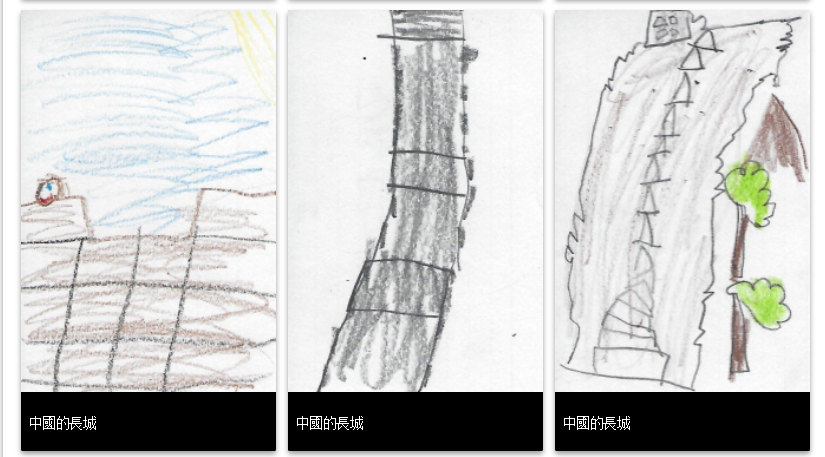Summary
Using 21st Century skills and higher level questioning with Bloom’s Taxonomy, the students completed an integrated Language Arts and Social Studies unit focusing on topics in Henrico County history. Students investigated and constructed a lesson for future 5th graders to use to learn about various aspects of Henrico County history. The students demonstrated knowledge of the physical geography of Henrico County and important people, events, and places in the 400 years of Henrico’s history, past and present. The students also had the opportunity to utilize historical analysis skills, including cause/effect, and compare/contrast. Reading skills such as fact/opinion, comprehension, predicting, and characterization were incorporated. Students had an opportunity to devise a plan to share with Carol Simopolous to demonstrate their understanding and knowledge of Henrico County history through a student portfolio based on their own group’s interests and needs, guided through teacher facilitation. Finally, students created both a digital and a concrete product to share their knowledge with their class, the Glen Allen branch of Henrico County Public library, and Mrs. Simopolous.
TIPC Ratings
Students were given choices in selecting what aspect of Henrico County history that wanted to showcase. When researching, the students were asked to construct appropriate questions and to consider nonfiction books, selected internet sites, Henrico County publications, and print encyclopedias. This information was synthesized with the information that was received from the study of Henrico County history using a Tchart with then and now headings.
The teacher guided the students to reflect upon the process of the lesson, identifying the likes/dislikes of the team process as well as how to research in order to create their final product. Teacher also guided students on the use of appropriate resources to solve the authentic problems. Teacher provided a Tchart to help students organize information needed for products.
Students were organized in mixed ability groups by choosing their topic of interest with specific roles for each member of that group. Responsibilities of student roles were determined by each member of the group and had specific duties to enable the group to complete the assigned tasks on time. The collaboration of the team members enabled each group to complete a distinct product using the information on the Tchart. The visit from Mrs. Simopolous and the pilot field trip to Walkerton Tavern and Meadow Farm, as well as viewing selected Henrico County DVDs, made it possible for students to communicate with audiences within and beyond the classroom. Students shared this information with other students in the school.
Teacher established teams based on student interest and organized roles to address tasks according to needs of the group. Teacher also assisted students in selecting appropriate digital tools to communicate and collaborate with peers.
Throughout this project, the students were challenged with higher level thinking skills as they compared Henrico County of the past with the Henrico County of today. The lesson was structured with opportunities to analyze their knowledge of Henrico County to create a product within the assigned parameters. The result of this process was the creation of an authentic task that required higher level thinking. Students were required to justify decision-making and problem solving practices. Finally, using a self evaluation tool in the guided portfolio adapted from Children’s Engineering to facilitate their progress, students reflected on their roles as critical thinkers and set goals for future growth.
Teacher assisted students in selecting the most appropriate digital tools as well as questioning, critical thinking, and problem solving strategies to solve authentic tasks. Teacher provided a self evaluation so that students could reflect upon the process of the lesson, identify likes/dislikes/ of the teaming process and reflect on improvements in the process that could benefit them the in the future.
Students applied critical thinking skills, research methods, communication tools, and collaboration in the classroom setting to create a final product of their choice that answered the real world question about the lives of citizens in Henrico today. The information received from research and the visit connected the classroom to the real world and allowed the students to collaborate effectively beyond the classroom.
The teacher synthesized existing knowledge to create new products within assigned parameters Teacher created a guided portfolio based on Children’s Engineering model to provide experiences that allowed students to create unique ideas and products as well as reflect on the team work process to create a final product.. Use of tools to accelerate creativty were flexible for each group.






